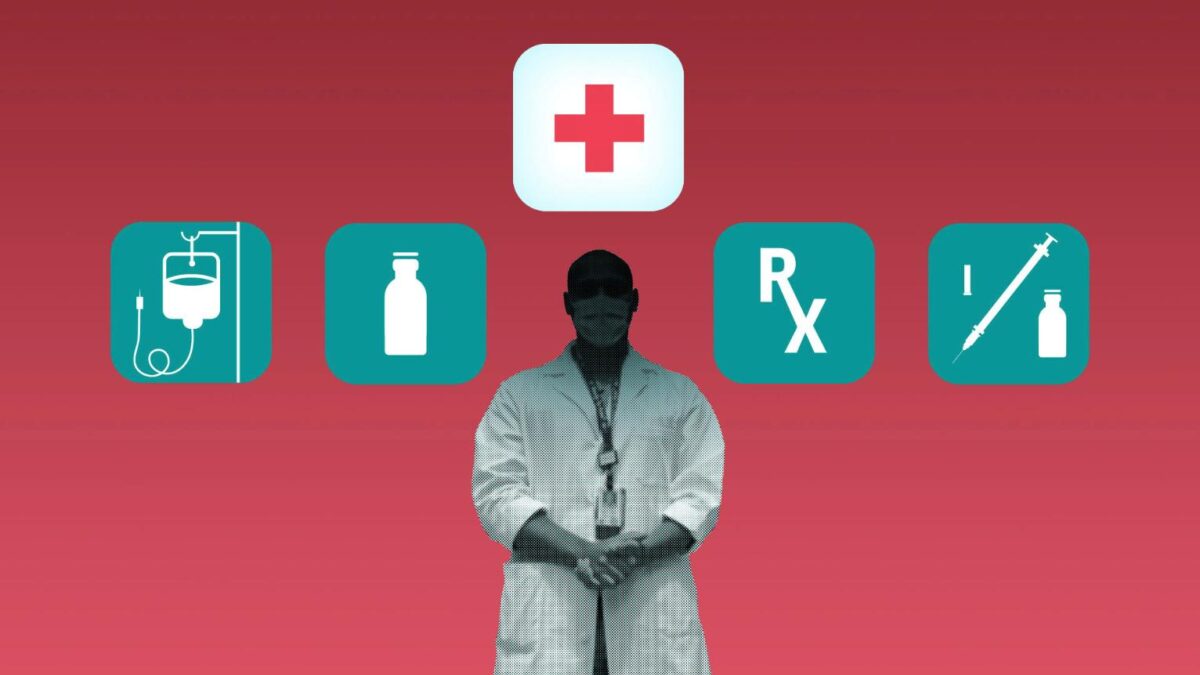Well-developed health systems must be able to accommodate the increasing complexity of the health care delivery process, which increases the human factor and the risk of making mistakes. For example, a hospitalized patient may be given the wrong medication due to an error caused by a similar packaging appearance. In this case, the prescription for dispensing the drug goes through a number of stages from the attending physician to the hospital pharmacy and the nurse who gave the patient the wrong drug. If there were control and verification procedures at each stage, such an error would be promptly identified and corrected. However, factors such as the lack of standard procedures for storing medicines in similar packages, poor communication between different participants in the process, the absence of a verification procedure before dispensing a medicine, and insufficient patient participation in the process of providing medical care could lead to an error. In normal practice, the individual who dispenses the wrong drug (who has committed a so-called active error) will be found guilty and may be subject to punishment. Unfortunately, this approach does not imply taking into account the presence of the above factors (the so-called latent errors) that created the conditions for the occurrence of an error. It is the confluence of many hidden errors that leads to an active error, the victim of which becomes the patient.
It is human nature to make mistakes, and it is impossible to expect perfect work from people in difficult, stressful conditions. Relying on the impeccable actions of every employee is a delusion that will not improve safety (7). Eliminate the human factor will allow the creation of mechanisms that insure against errors and the proper organization of working systems, tasks and procedures (8). Thus, the first step in improving patient safety should be to analyze the properties of the system that made the harm possible, but this requires openness and transparency, i.e. a true culture of patient safety. Safety culture is an environment in which great importance is attached to beliefs, values and attitudes regarding safety, and in which these beliefs, values and attitudes are shared by all members of the team (9).
